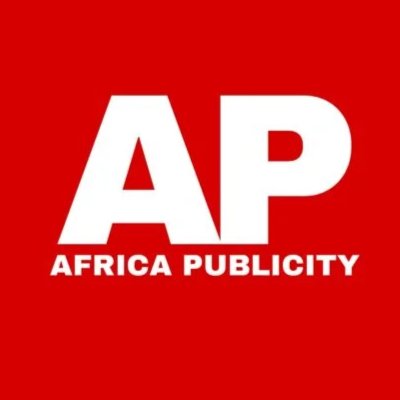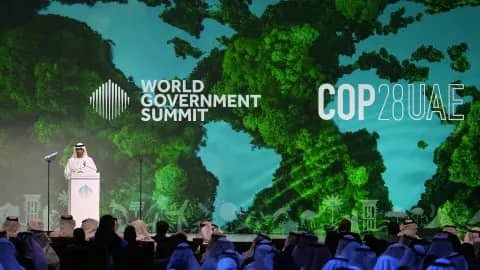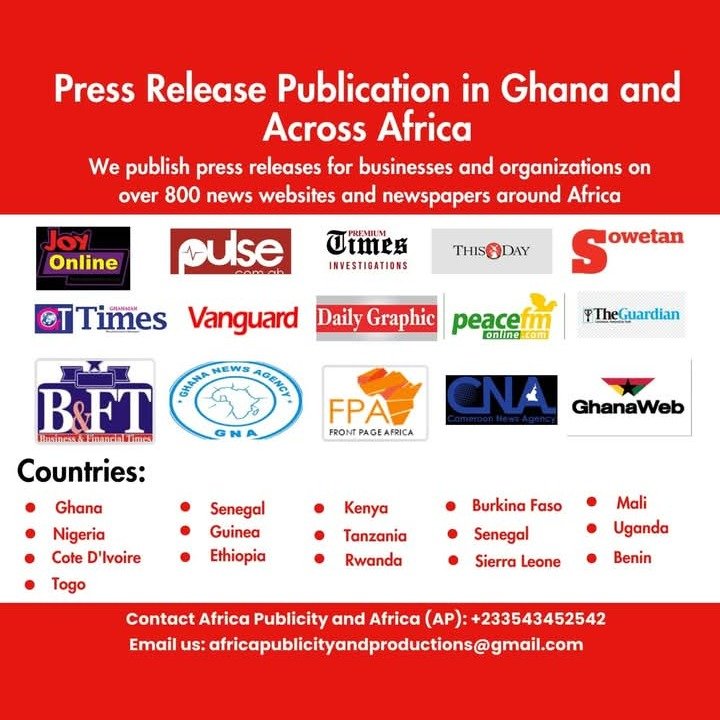The international financial architecture is not fit for purpose. There is growing consensus among politicians, academics and civil society organisations that to address climate change and inequality we must transform it now.
What is the ‘international financial architecture’?
In the wake of World War II, a set of economic roles and global financial institutions were created to restore stability and prosperity for all. At the centre, the World Bank and IMF were designed to support low-income and war-ravaged countries to rebuild and prosper.
Eighty years on this system is no longer fit for purpose. The complexity of modern global challenges, including climate change, resource scarcity, pandemics, inequality and instability mean we need to rewrite the rules to restore order and help the most vulnerable.
Responding to the ravages of climate change and extreme weather, which they did the least to cause, is unaffordable for low-income countries, still reeling from Covid-19 and the food and energy price spikes that occurred in the wake of the pandemic and Russia’s invasion of Ukraine.
Many have looked to the IMF to finance the aid and adaptation necessary to protect their populations. But this has saddled them with unaffordable debt, which they spend more money financing than they do addressing climate change. This has to change.
“Finance has to serve people, otherwise what is the point of it? That means clean energy, not fossil fuels.” – Vanessa Nakate, Ugandan Climate Activist
What is the problem?
The rules written 80 years ago are perpetuating the status quo of inequality and injustice.
On average, it costs low-income countries five times more to borrow money on international markets than rich countries. Low income countries pay twice what they receive in aid on debt repayments, and five times more on interest than addressing climate change. Increasing conflict and instability is exacerbating vulnerability and widening divides.
When it comes to adapting to climate change and transforming their economies to cut emissions, the gap between what poor countries have and what they need is vast. Expert analysis shows that by 2030, developing countries apart from China will need to spend $2.4 trillion a year – around 2% of global GDP – on tackling climate change. That’s four times what is currently being spent, and dwarfs the $100bn a year in climate finance long-promised, but only just delivered by high-income countries to low-income ones.
What’s the solution?
We must change the rules to level the playing field. A number of leaders from low-income countries, including Barbados’s Mia Mottley, Kenya’s William Ruto and Colombia’s Gustavo Petro, have proposed changes to the international financial system that would relieve the debt burden and enable them to more easily finance climate action and other development goals.
These calls have been supported by the French President Emmanuel Macron, leading academics such as Jeffery Sachs and Mariana Mazucatto, and non-governmental organisations including Friends of the Earth, Oxfam International, E3G and Global Citizen.
Key proposals include the Bridgetown initiative, a call from the Vulnerable 20 group of countries (V20), the Nairobi Declaration, a set of asks from African finance ministers, and a report from the UN Secretary General.
“Today we say to the world leaders and the global financial institutions and the private sector: come together, and let us put the funds necessary to help the world’s most vulnerable countries adapt, transition, and withstand this climate crisis.” – Mia Mottley, President of Barbados,
What does ‘changing the rules’ look like?
Deliver more money. Much more money is needed to finance climate adaptation and mitigation, from public and private sources. The World Bank and other MDBs should adopt the recommendations of the Capital Adequacy Framework review, which suggest they are too risk-averse.This could unlock nearly $190 billion from the World Bank alone in new low-cost financing for developing countries, without jeopardising its credit rating. Rich countries should also pledge more money for the World Bank and other MDBs to ensure that low-cost financing is made available. Financing of fossil fuels should stop.
Make debt work for the most vulnerable. The IMF, World Bank and other multilateral development banks (MDBs) should reduce interest rates and agree to freeze debt repayments in times of crisis. They need to reform the Common Framework to make it work better for highly-indebted countries and get private creditors to the negotiating table. They should also support countries to restructure their debt before they reach default, and ensure future finance is sustainable and fair.
Innovate. IMF Special Drawing Rights (SDRs) – special reserve assets that countries can exchange for currency – should be better used to help low income countries recover from disasters, build resilience and invest in low-carbon development. In 2021 the IMF allocated $650 billion of SDRs for the COVID-19 response. A group of African countries is now calling for a new allocation of $650 billion in SDRs to tackle climate change; this is backed by civil society. Reform of the quota system at the IMF would make decision making fairer and SDR allocation more effective. Other possible sources of innovative finance include a mandatory levy on international shipping and a financial transaction tax on bonds, stocks, options and derivatives, which could bring G20 countries 270 billion euros each year, with a rate of 0.5%. Governments should also act to de-risk private investment, so businesses lend more to emerging markets to accelerate climate action.
“Policymakers and countries shouldn’t ever have to choose between reducing poverty and protecting the planet.” – Emmanuel Macron, President of France
These actions will increase global economic security and restore trust. Having better, fairer flows of finance for development and climate change will enable lower-income countries to become more self-sufficient and less dependent on aid. It will accelerate the global clean energy transition, create jobs, and reduce the risk of conflict and forced migration.
How is this relevant to COP28?
COP28 is an opportunity to build on progress made, demonstrate political will and solidarity, and increase momentum for reform. There are specific strands of the COP28 agenda, including climate finance and Loss & Damage, that directly relate to the proposals set out above.
Key moments to look out for include:
Leaders’ Declarations on 1st and 2nd Dec
Finance Day 4th Dec, including a High Level Round Table on Climate Finance
Loss and Damage fund update, and sessions on Climate Resilient Debt Clauses, SDRs and Innovation.
Launch of a new taxation taskforce, led by France and Kenya.
How do I find out more?
Summary of finance-related negotiations and decisions to watch out for at COP28.
List of spokespeople on climate finance, split by specialist topics such as loss and damage, adaptation finance, debt restructuring, SDRs, taxes, carbon markets and more.








